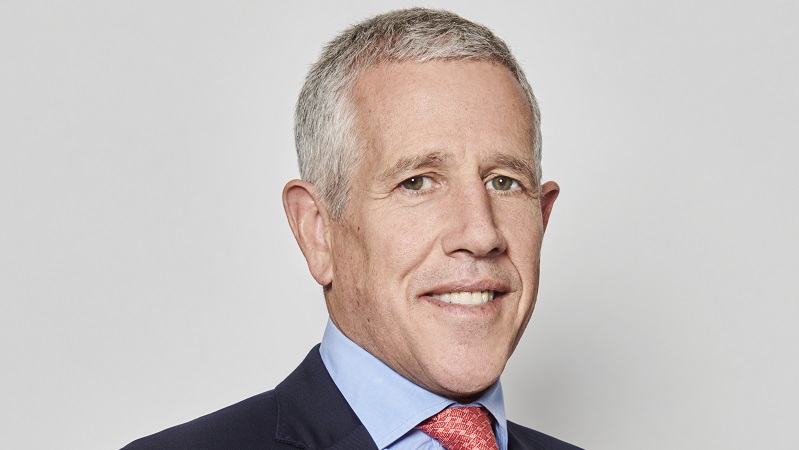The long-awaited Federal Reserve rate cut now appears inevitable in September. The latest CPI data showed inflation falling to 2.9% in July, likely to be low enough to tempt the central bank into action. The ECB and Bank of England have already bitten the bullet with 0.25% cuts. These rate cuts may be small, but could be psychologically significant. Will they reverse the fortunes of assets that have been hit hard by rising rates over the past few years?
It matters why rates are falling. If they are falling because policymakers are worried over recession, it will benefit a different set of assets to a scenario where they are falling simply because inflation is firmly under control. One favours risk assets and the other does not.
Maximilien Macmillan, senior investment director at abrdn, said: “If rates are cut as inflation reduces towards central bank targets, then it is to be expected that stocks will benefit, and the dollar will fall in value – so long as there is no growth shock or recession fears.”
In this scenario, many of the areas that have come under pressure as interest rates have risen – smaller companies, property, infrastructure, private equity – may start to revive.
The alternative is that central banks are cutting because the economy is flagging. This has been at the top of investors’ minds over recent weeks, with weak jobs data suggesting the US economy might be weakening. This might knock corporate earnings, and outweigh the benefits of cheaper borrowing from lower interest rates. It may also drive up the dollar as investors search for safe havens, with implications for areas such as emerging markets.
See also: US CPI inflation hits 2.9% ahead of September Fed decision
Macmillan added: “Commodities at large would likely fall as they are sensitive to the overall level of demand in global economy, except for precious metals that have a safe haven, store of value appeal and are more likely to hold their value.”
Which one is it? The consensus still appears to be for a soft landing for the US and other major economies around the world.
The BlackRock Investment Institute echoes the views of many commentators, saying: “We think the July US jobs report is more in line with a slowdown than a recession. The unemployment rate is rising, but unlike ahead of past recessions, the main driver is not layoffs – it is an immigration-driven increase in labour supply. Job creation is slowing, but averaged a robust 170,000 over the past three months.
“Consumer spending, while cooling, remains relatively healthy and Q2 corporate earnings have so far topped expectations, with S&P 500 earnings growth projected at about 13%.”
That creates a more positive scenario for stockmarkets, even if it means rates may not be cut as fast. Paul Flood, head of mixed assets at Newton Investment Management, said: “There will be a collective sigh of relief from management teams that have been concerned about rising financing costs and whose share prices are more sensitive to bond yields.
“Savers have been sitting in cash as interest rates have been attractive, or soaking up the never ending supply of bonds being issued by central banks to cover their government’s fiscal deficits.
“It is not inconceivable with inflation getting back to target to see interest rates half of current levels in the coming years. This would be a boost to the sentiment for risk assets, so long as the reason rates are being cut is due to inflation coming back under control and not because policy makers see a broader slowdown.”
See also: ARC: Positive gold sentiment not reflected in portfolio weightings
In this positive scenario, which areas will do well? This scenario is allowing wealth managers to look at some of the unloved parts of the stockmarket.
Ben Mackie, senior fund manager at Hawksmoor, said the shift in rates should benefit some of the ‘bond proxy’ areas such as utilities that have struggled as rates have risen. Macmillan said it may also benefit consumer-focused companies, as lower borrowing costs leave consumers with more money in their pockets.
Smaller companies could also see a long-awaited revival without the headwind of rising interest rates. There are signs that outflows are starting to ease, and performance is picking up. This may be given momentum by the interest rate cut. Mackie said: “There is empirical evidence that smaller companies outperform larger companies after the first rate cut.”
The Hawksmoor team is looking at core infrastructure, which has been hard hit by rising rates and a broader move to fixed income. They have reinvested in trusts such as International Public Partnerships, HICL Infrastructure and BBGI Global Infrastructure: “These are all big liquidity investment trusts that own core infrastructure assets,” said Mackie.
He added the underlying assets are valued using a discounted cash flow model, and valuations should benefit from a drop in the risk-free rate. They are yielding 6-7%, which makes them more attractive than corporate bonds.
It also brings commercial property back into play. Macmillan said property should do well, as lower borrowing costs mean that both individuals and companies are more likely to take on debt to buy property and increase demand. There are signs of a recovery in the very short term with the FTSE EPRA NAREIT UK Index rising 3.5% in July, compared with 3.1% for the FTSE All Share and 1.7% for UK Gilts.
The impact on the bond market is more nuanced. Macmillan said: “Bond prices are sensitive to interest rates, with lower rates boosting government bond prices. Most bonds pay a fixed rate of interest – which means that, if interest rates are cut, existing bonds become more attractive than newly issued ones, which will have a lower yield. This drives up demand, and prices, for existing bonds.”
It’s good for existing bond holders, less good for investors buying bonds today, who won’t be able to lock in high yields.
See also: Is a bitcoin allocation a diversification ‘cheat code’?
A final thought might be the implications for gold. Gold has seen a significant bull run since the start of the year and should, in theory, be a beneficiary of interest rate cuts. As rates fall, the opportunity cost for investing in gold (which has no yield) drops. If rates drop in the US, it may also depress the dollar, which is usually good for gold.
However, gold has move up a long way, and there is more optimism around. The latest data from Asset Risk Consultants shows that wealth managers are keeping gold at arms’ length, with 75% of private client discretionary investment managers holding less than 2.5% in gold. It may be that the normal rules do not apply this time round.
This article was first seen in our sister publication, PA Adviser










